FOUNDATIONS REVEALED COMPETITION ENTRY

Moon Goddess
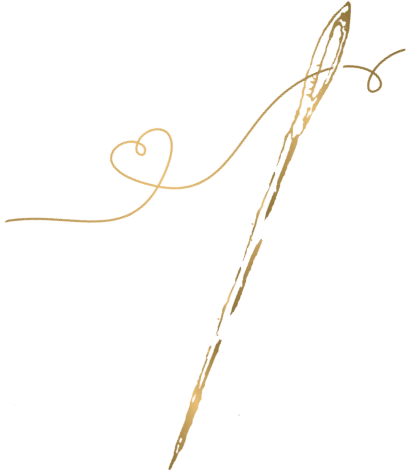
Outline the story …
This gown was inspired by Kii Weatherson’s art piece “Seven Seraphs. Moon Goddess” from 2017. The dress itself seems to be made of the night filled with stars, fit for a goddess. I instantly fell in love with it when I first saw it, and knew I had to make it.
Though her design is stunning, I decided to change the dress to a late Victorian ball gown, specifically 1901, as I saw similarities between Weatherton’s design and the 1901-silhouette.
The trained ball gown skirt fit the design and visual of my inspiration piece. To recreate the watercolour effect of Weatherton’s art, I layered two layers of blue silk organza, which I dip-dyed purplish-black, over a bright silver silk taffeta. To imitate the stars, I attached rhinestones to the entirety of the skirt.
The bodice gave me some trouble due to the design choices I had to make. Compared to the skirt, it was more difficult to transform the revealing and low-cut bodice from the art piece to a Victorian evening bodice. However, to still incorporate her star decorated cape and for the shape of the plunge, I chose a bodice-style with a short capelet that drapes over the shoulders, and meet in a point, creating a V shape at the bodice’ front. To make the V-shape more pronounced I decided to decorate the entire bodice except the V, with rhinestones.
Due to lack of time and money I had to forego the golden hip swirlies, in Weatherton’s design.
Outline the construction…
I altered the skirt pattern from a bought trumpet-skirt pattern from 1901. I did not have the silk for the elaborate lining shown in the “Authentic Victorian Dressmaking Techniques (AVDT)” for an evening skirt. Instead, I followed the construction for a walking skirt, and interlined my skirt in tarlatan and cotton, and added a hem facing in tarlatan and voile. I decided to go for a back closure where I installed a pocket into the placket.
I wanted a perfect gradient between all the panels of the overskirt, so I thread-marked and basted them together before dyeing. To further soften the gradient, the ombré-effect starts at different heights on each skirt layer. The rhinestones were also attached the skirt panels before they were constructed using French seams and rolled hemmed on the machine. I originally wanted to do it by hand, but after spending 3 days on roll-hemming the cape by hand, and suffer for it because of my hand disability, it just wasn’t an option.
I drafted the bodice pattern using “Keystone” and then altered the seamlines into princess-seams to highlight the front V. I referenced the pattern from marquise.de for a princess style dress. I also went for a taffeta lining in the bodice, as per AVDT instructions for a nice but light structure. All layers in the bodice were roll-pined for a smoother look as well. Hooks and eyes were installed in both bodice and waistband, so the bodice and skirt wouldn’t gab when being worn.


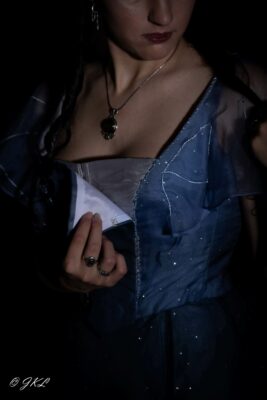
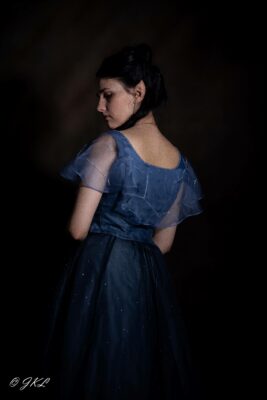

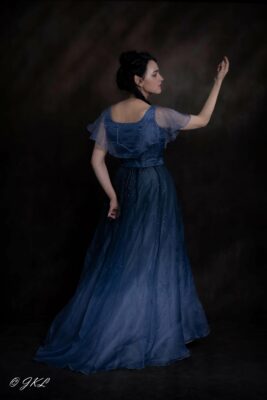
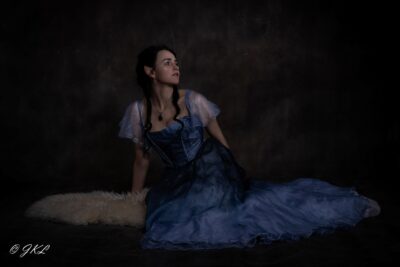
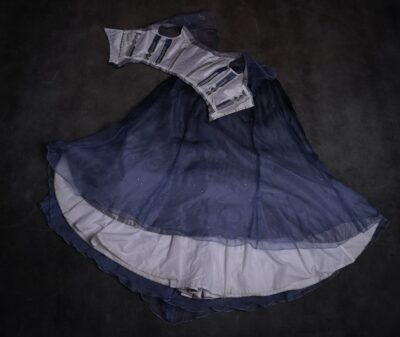
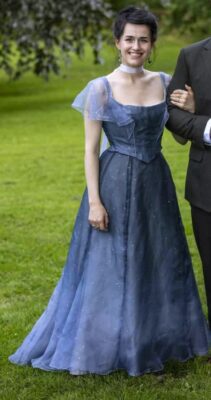
This gown has such a subtle grace that is absolutely beautiful!! I love your “less is more” approach with the rinestones and ombre dying, it makes it feel so realistic like a real shimmering night sky!
Thank you so much! The ombre part is definitely also my favourite part of this gown and I tried my best at finding the smallest stones possible.
This is so pretty abs dainty, very understated in the most elaborate way. Beautiful work.
Thank you so much, it means the world.
You did a fantastic job on the fabric dyeing, and your construction is perfection! A really lovely design.
Thank you so much! I also did a lot of extra construction work just to get a clean finish, and I am so happy I did.
Beautiful work, and I love the subtle but sparkling details!
Beautifully ethereal well done.